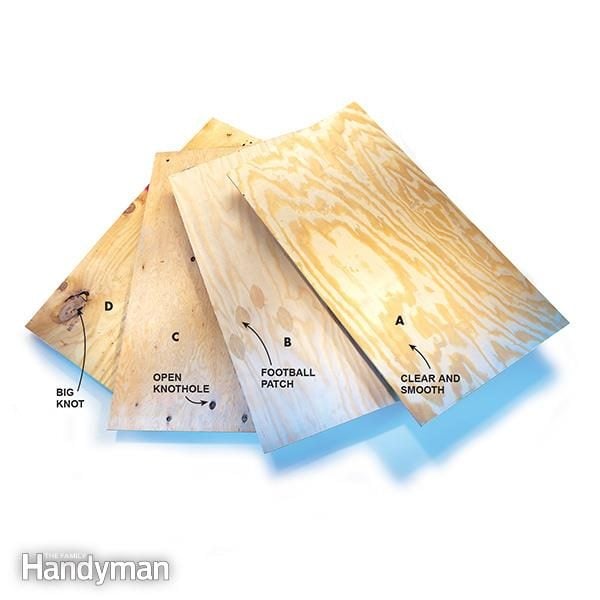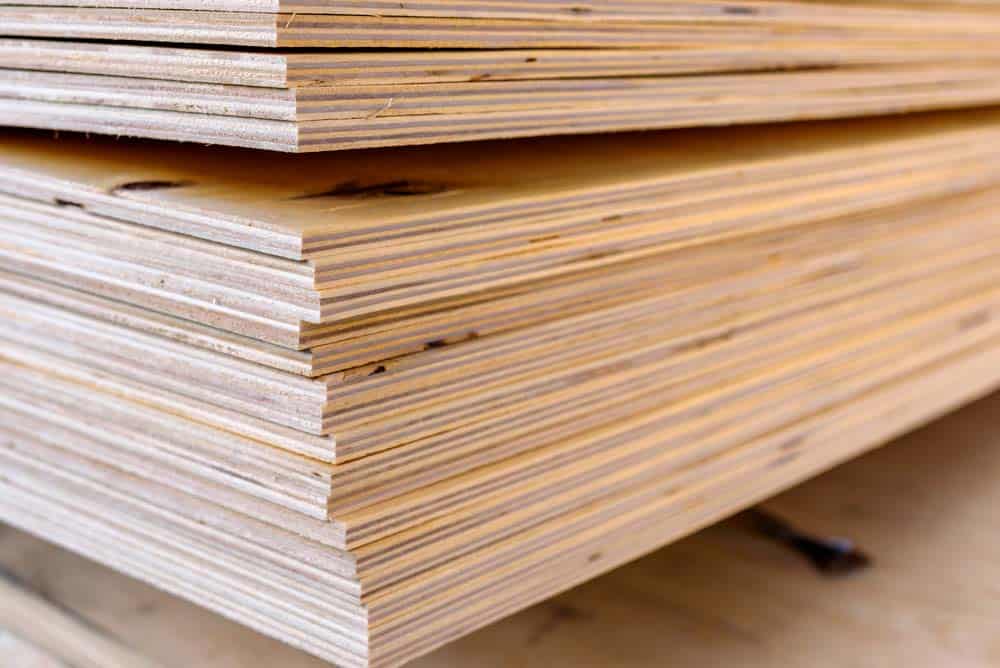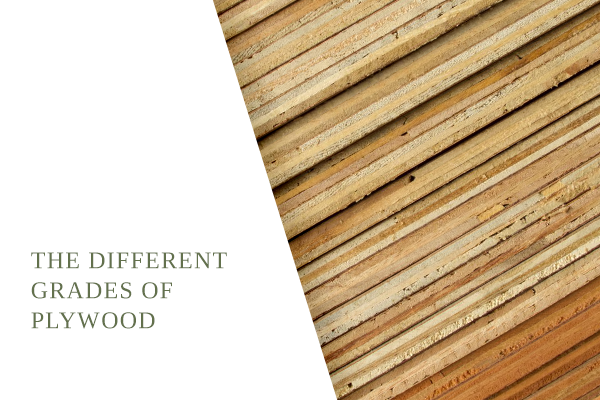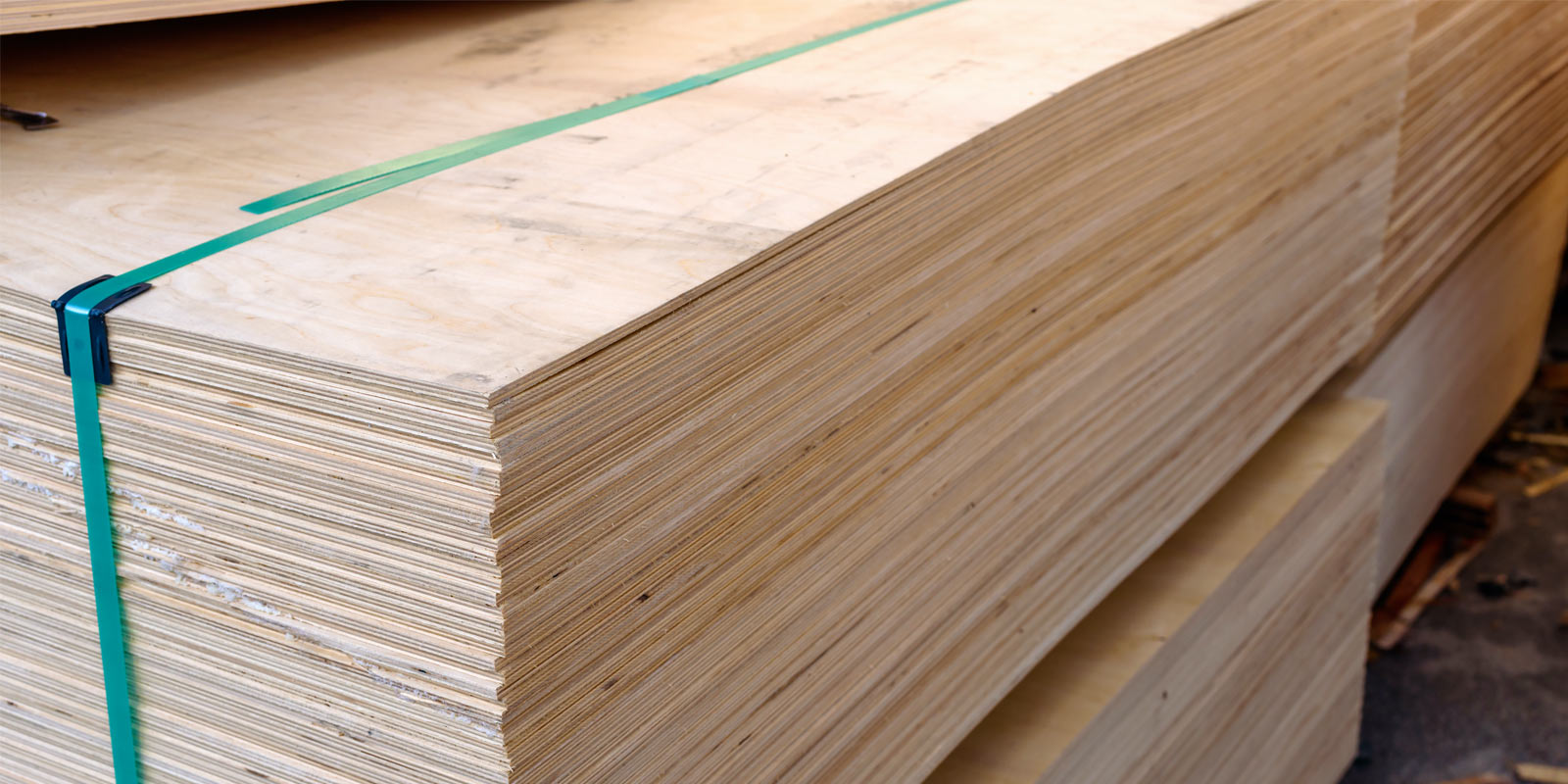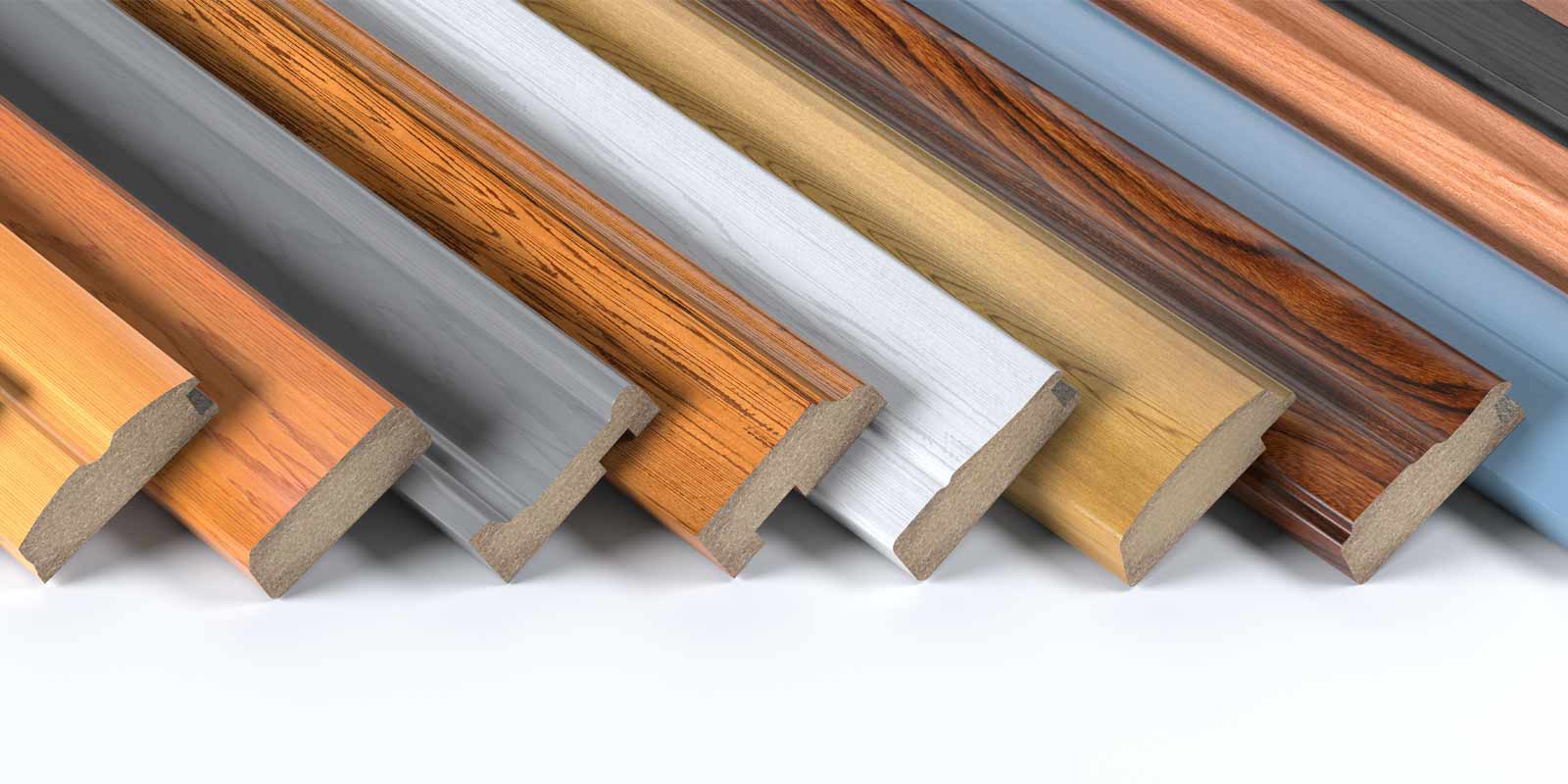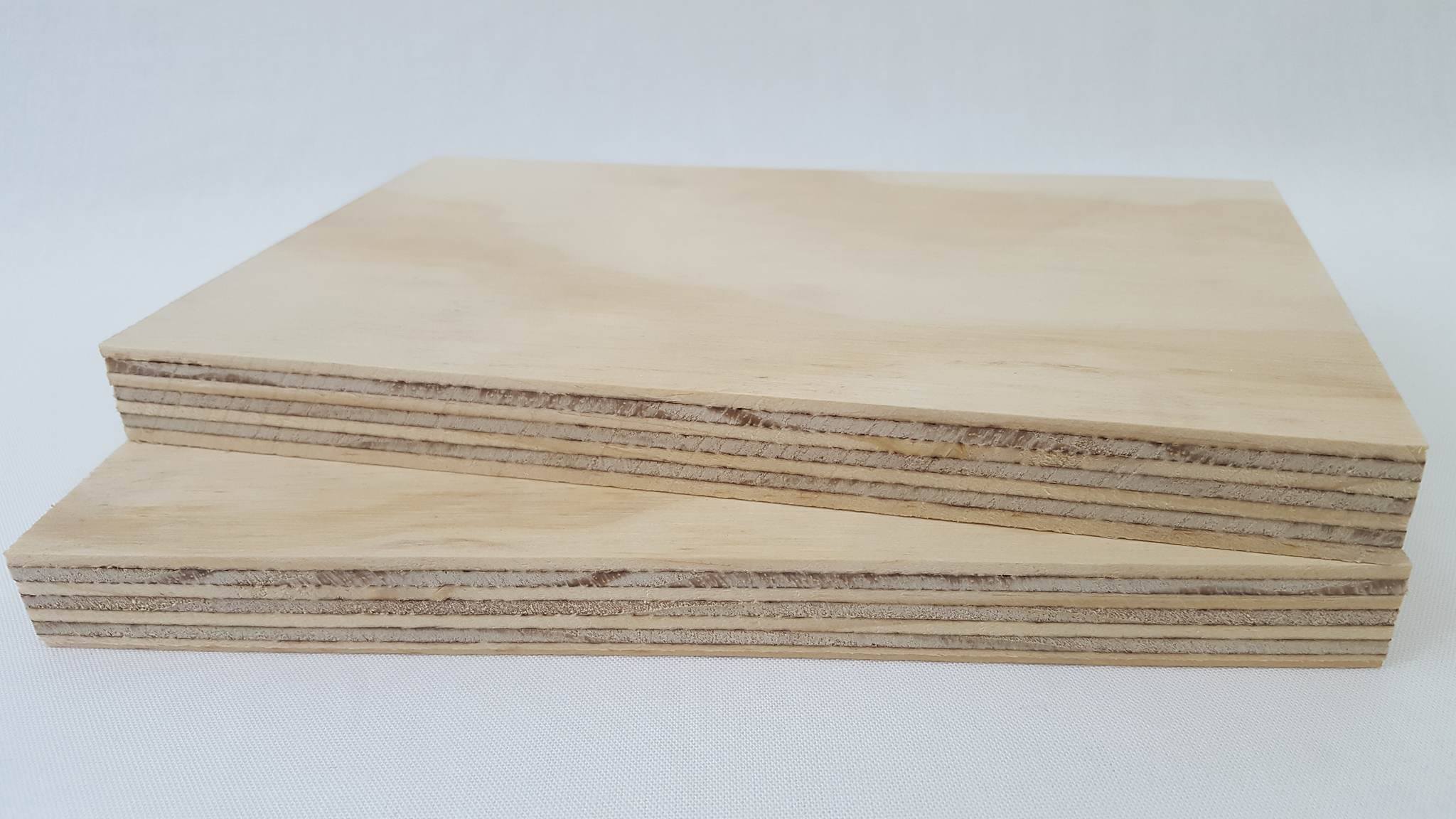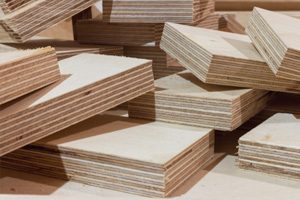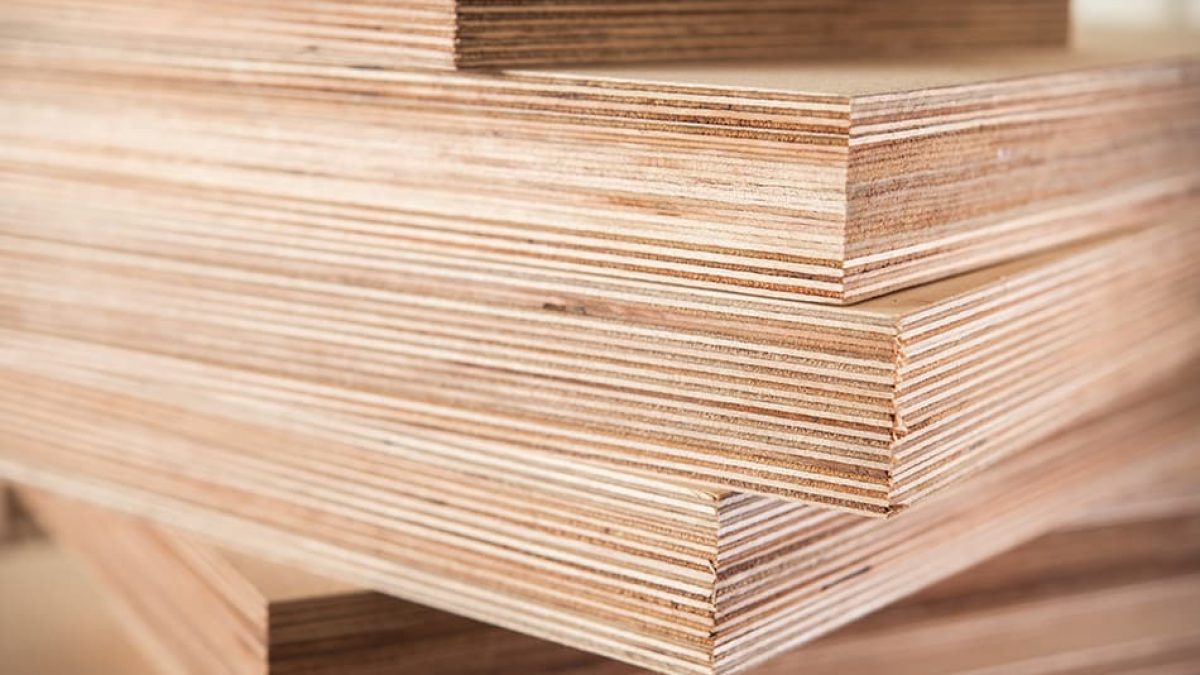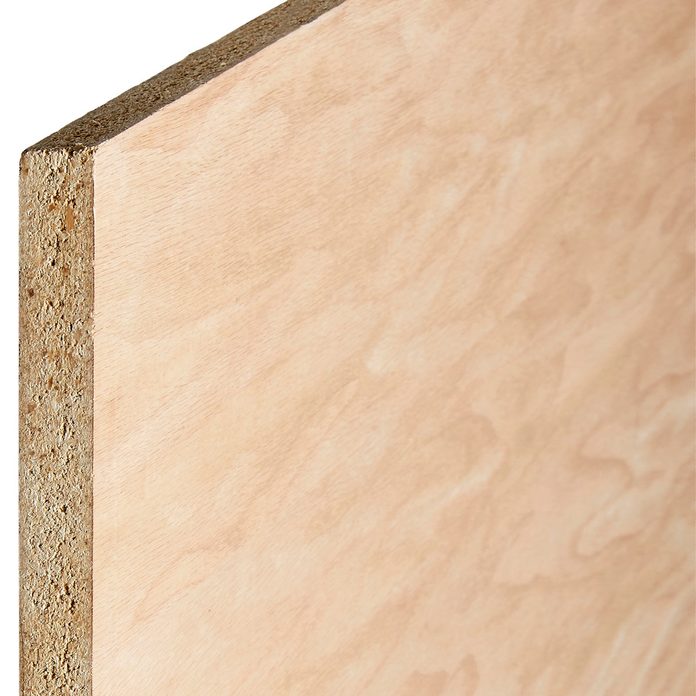Exterior Plywood Grades Explained

One letter designates the grade for the front of the board while the other grades the back or.
Exterior plywood grades explained. A-grade plywood is smooth and can be easily painted. B grade is slightly lower than A. Knots in plywood are replaced with football-shaped patches.
Plywood for Exterior use is also available but may be less cost effective as both the resins and the wood veneers within the product must be durable in the long term. Plywood sheets that rank A or B tend to be the most expensive pieces whereas C-level and D-level plywood pieces are more affordable and cheaper in quality making it a more economical option. Each sheet will have two grades such as AC.
A-grade plywood is super-clean with little or no blemishes. Back allows 3-6 color matched patches which are oval in shape and egg sized. The X in CDX plywood refers to the way in which the different layers of plywood veneers are glued together.
Single piece face and back veneer. The first letter is the face veneer grade and the second is for the back veneer. A B C and D.
A little lower down in quality C-grade. D grade can have open knots and splits and can be unsanded. If you have previously purchased Interior or MR moisture resistant plywood for construction purposes you should now specify plywood to comply with EN 636 Class 1.
AB Grade plywood is very high-quality and is typically the best quality plywood. The plywood grade system uses letters A B C and D with A being the best and D being the lowest quality often the cheapest plywood. The highest quality - and most expensive - types of softwood plywood are the A B grades - which is perfect for shop projects like workbench plans.
